CHARLESTON – The International African American Museum tells the unvarnished stories of the African American experience across generations and continents, the trauma and triumph that gave rise to a resilient people.
The museum is located at Gadsden’s Wharf – the site of the disembarkation point of up to 40 percent of all enslaved persons who were brought to America.
During a visit to the museum on January 4, more than 70 leaders from across the Southeastern Jurisdiction of The United Methodist Church shared an afternoon of learning, reflection and fellowship.
“The International African American Museum honors the historical narrative of a free and resilient people who were enslaved, segregated, integrated and assimilated,” said Bishop L. Jonathan Holston, resident bishop of the South Carolina Conference. “I will take with me the confirmation of a resilient people whose shoulders I stand upon.
“One of the striking moments for me was just being overwhelmed with the realization of the legacy of African Americans past and present.”
Bishop Robin Dease, resident bishop of the North Georgia Conference, said the museum “recalls the past and also moves us into the future.”
“I’m appreciative of the history of our people from Africa through the transatlantic slave trade, and here in the Charleston area,” she said, “where they have lived and thrived and served for so long.”
The museum is home to 12 permanent exhibitions that include nine galleries and one special exhibition gallery that rotates two to three exhibitions annually, as well as an ongoing series of digital exhibitions.
“I am struck by one of the films that I just saw called ‘Seeking,’ where young people from other continents are reminded of who they are by going and seeking through the pain, through the memory, through the hope,” said Bishop Connie Shelton, resident bishop of the North Carolina Conference.
“This museum helps us to remember that in the midst of trauma, there is hope. In our pain, there is hope. This is an incredible place for us to come to know who we are.”
An important part of the museum is the Center for Family History, a groundbreaking research center dedicated to helping experienced genealogists or those just getting started to reconnect with their family’s history and stories.
“I’ll take away today the fact that this is all of our stories – of finding your own story within the larger narrative, the larger story,” said the Rev. Ken Nelson, superintendent of the Orangeburg District. “When we do that, we find that there’s room and a place for us all to abide together.”
Nothing about the design of the International African American Museum is without intention.
Whether it’s the slanted woodwork that all but forces your eyes to look out past Charleston Harbor, toward the Middle Passage from Africa, how the sunlight hits the memorial wall at the site of a warehouse where countless enslaved Africans died, or the way the ebb and flow of the tides reveals the inhumanity of the slave trade in the Tide Tribute relief representation of shackled enslaved persons – not one detail is left to happenstance.
“It’s important to remember even the difficult things, even the hard things,” said the Rev. Dr. Joey Shelton, an elder and member of the Mississippi Conference. “Remembering those difficult things and those hard things helps us to understand who we are and where we need to go. This museum is a place that helps us to remember.”
All Americans should “know our history and capitalize on opportunities when we come to museums like this,” said Bishop Sharma Lewis, resident bishop of the Mississippi Conference. “We hope and pray that we don’t repeat history.”
“This museum is important because it helps us to remember who we have been, to see the things that have shaped us and formed us along the way,” Rev. Nelson said. “But it also shows us the hope of who we are becoming – our story, our life together.”
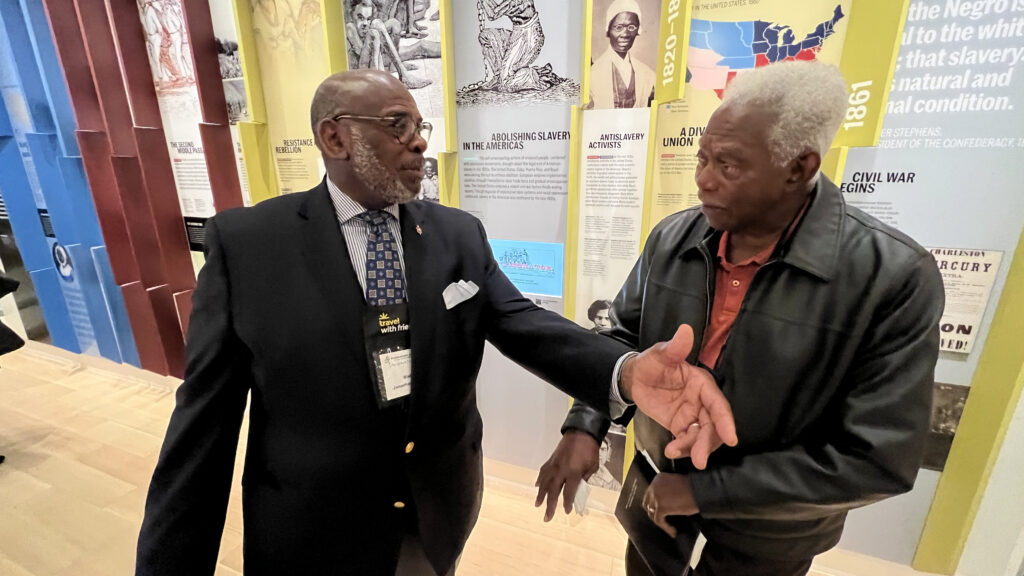
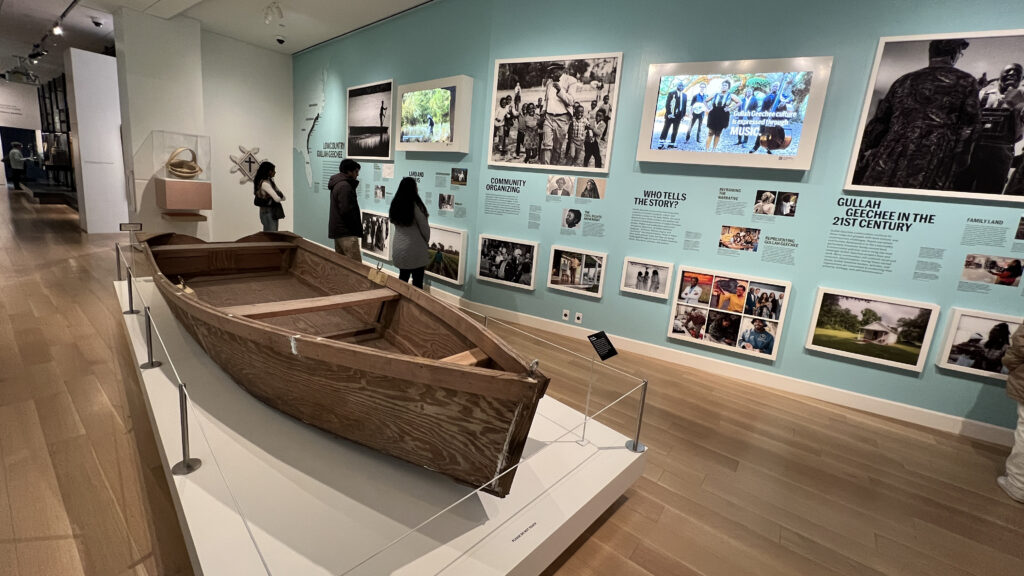
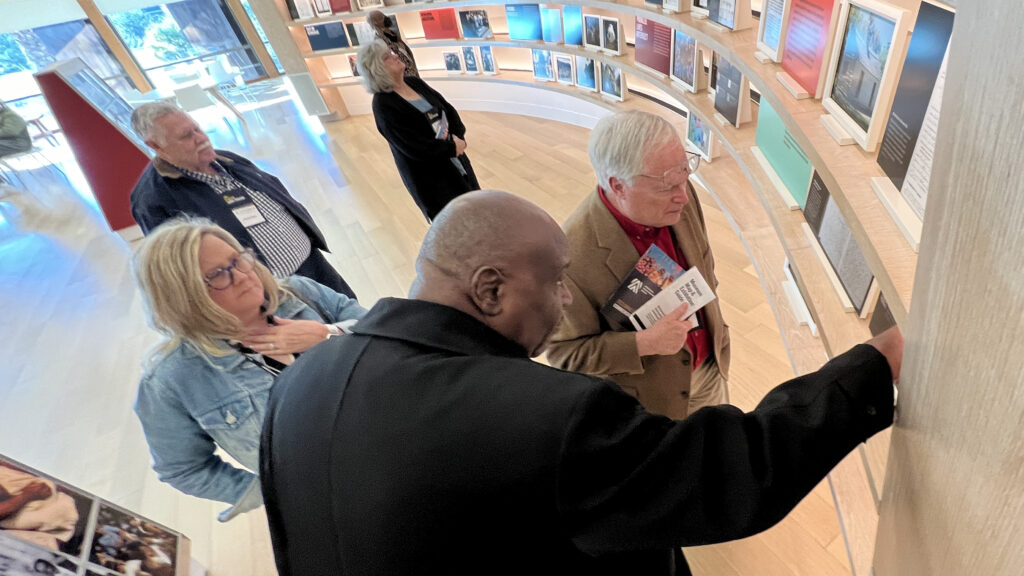
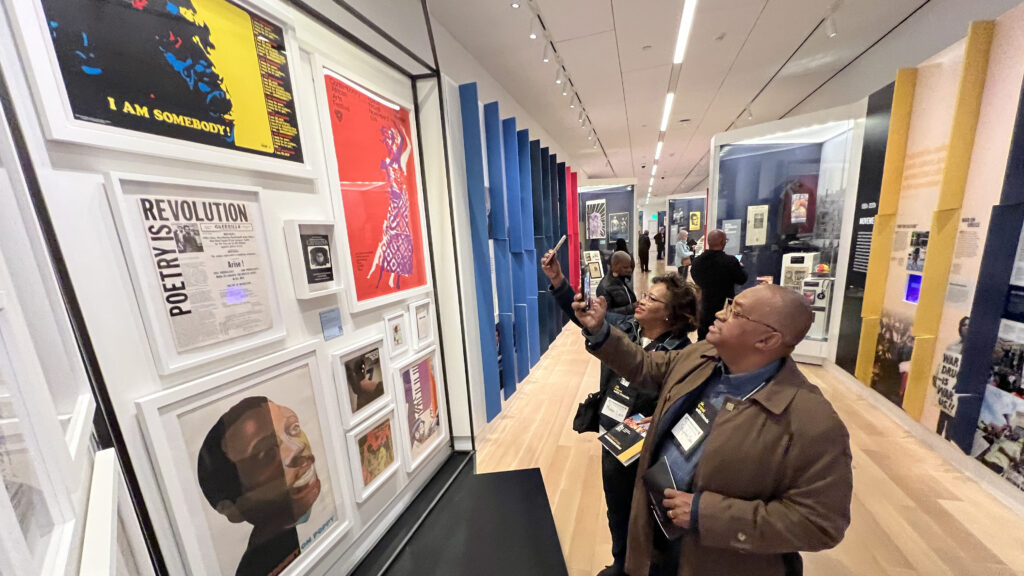
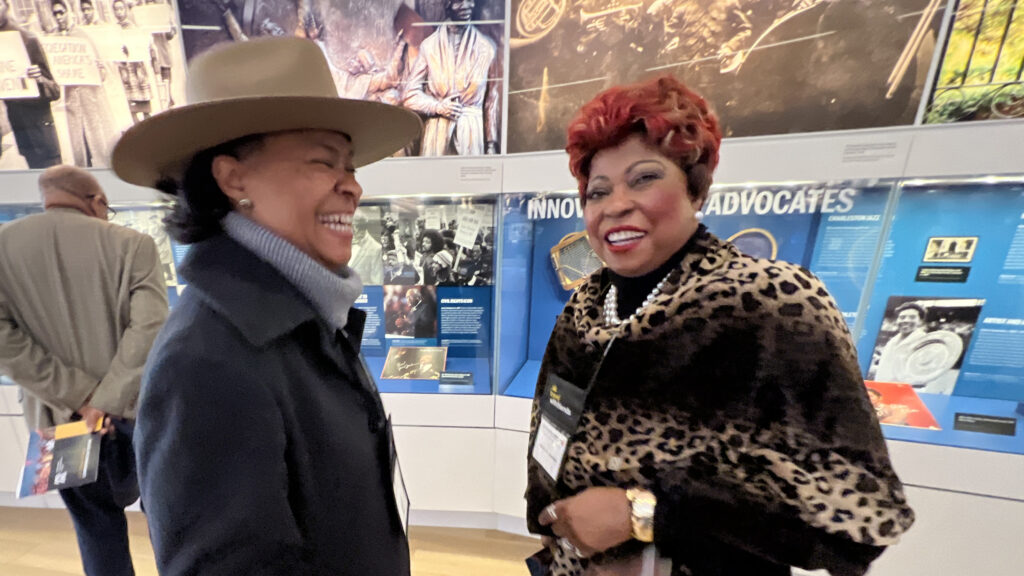
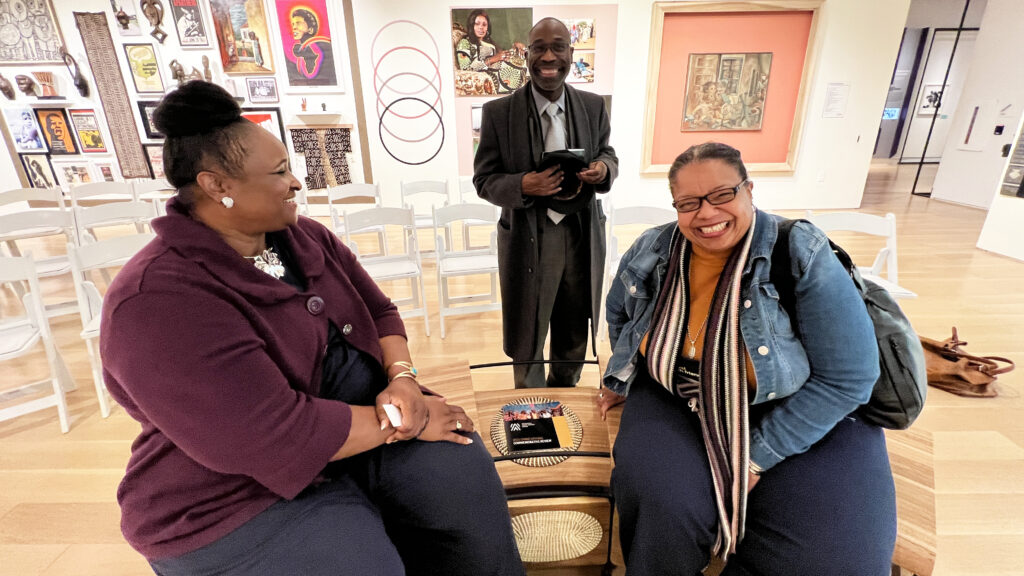
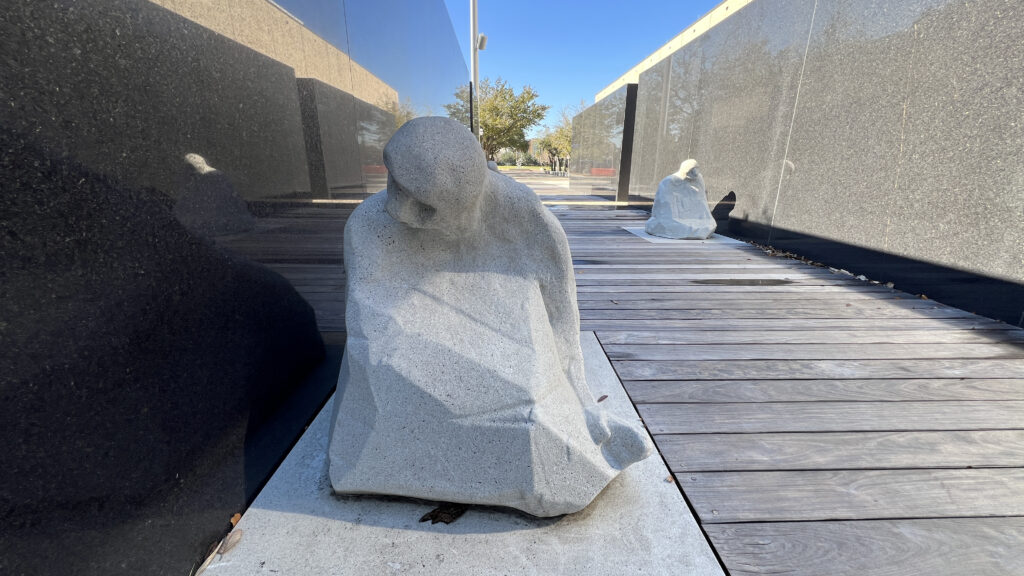
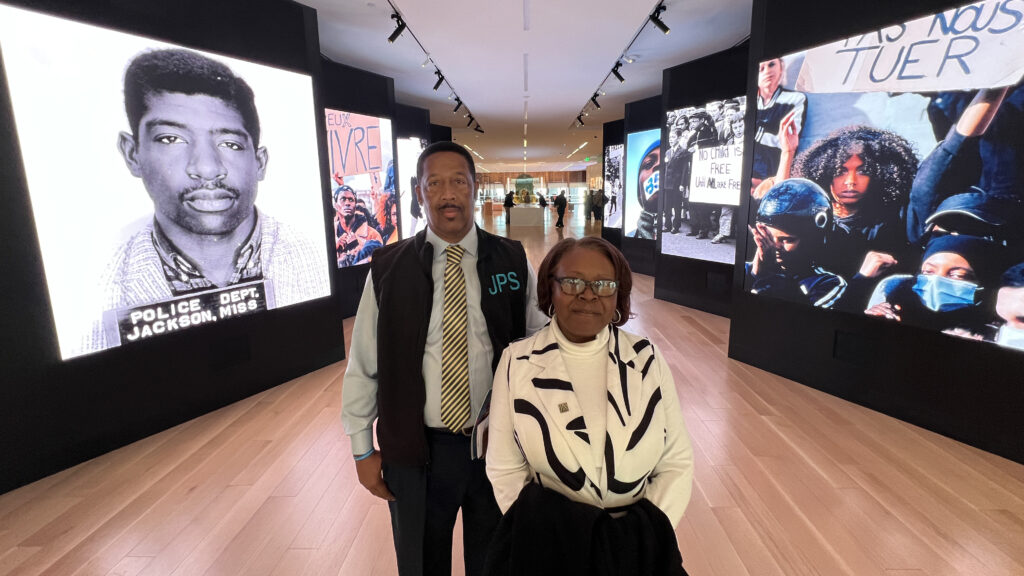
Click here to see more photos
Want to learn more?
Read more about the International African American Museum at iaamuseum.org.
